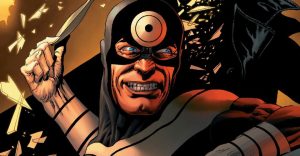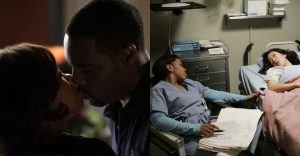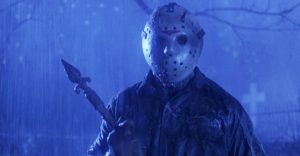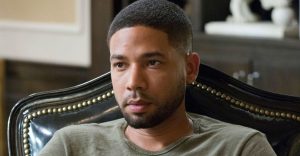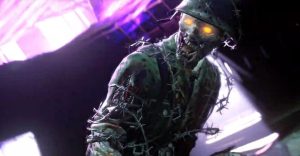Star Wars: 10 Details About Porgs You Missed
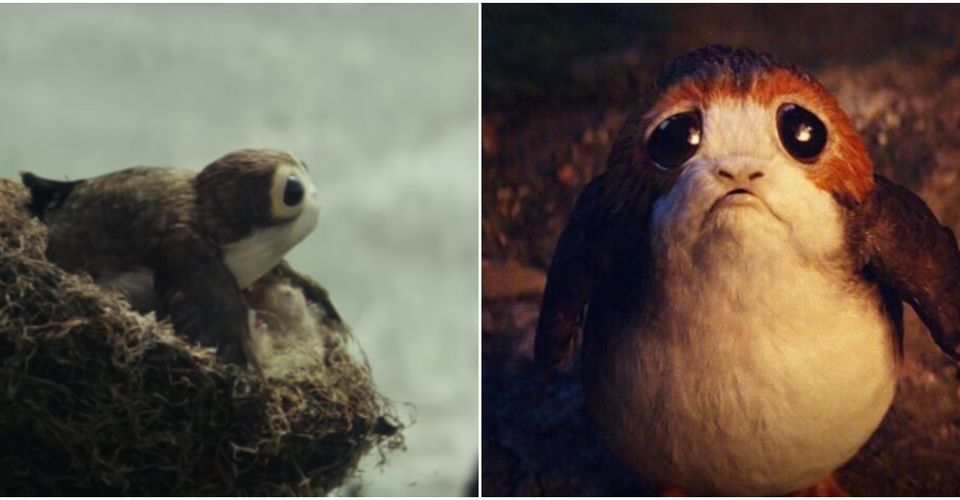
Whether Star Wars fans love or hate porgs, the small seabirds that live on the islands of Ahch-To, they carry on a long tradition of mischievous creatures in the franchise. First introduced in Star Wars: The Last Jedi, they quickly became one more point of contention in an already divisive movie, and much of what made them fascinating was lost in the shuffle of the fandom’s commentary.
Porgs account for roughly two minutes of screen time out of two hours and thirty-two minutes, but though their scenes were small, their impact was large. They emerged as one of the most memorable components of the Disney Sequel Trilogy, and managed to maintain an aura of mystery for such vociferous critters. From their mating habits to their physiology, here’s an in-depth look at all the details fans might have missed about porgs.
10 Males And Females Had Different Plumage

While it’s probably dangerous to star directly into a porg’s eyes, lest their cuteness render paralysis, noting the color of the plumage around their eye area gave an indication of whether the porg in question was a female porg or a male porg.
According to the Official Star Was YouTube Channel, male porgs sported bright orange coloration around their eyes, as well as were slightly taller than their female counterparts. Being the more strident of the genders in appearance, the males were not dissimilar to peacock males who possess beautiful iridescent feathers to attract a mate.
9 Porgs Had Same-Sex Relationships

After Luke Skywalker unceremoniously chucked his lightsaber over the side of the cliff and promptly walked off, the scene was followed by a look at a porg male making a robust call -perhaps to its mate- while two other porgs reunited behind it.
One porg could be seen swooping in and running towards the other porg, with its stubby wings outstretched, to be swept up in a tight embrace, with both seabirds nuzzling each other affectionately. Both of the porgs have orange plumage around their eyes, indicating that they’re both males, and implying porgs -like penguins, swans, and flamingos- engaged in same-sex pairings.
8 Some Were Puppets And Some Were CGI

Much ado had been made over the practical effects used in Star Wars: The Force Awakens when it debuted, with director J. J. Abrams proudly carrying on the tradition of incorporating practical effects into the action of the Star Wars franchise.
In Star Wars: The Last Jedi, the porgs were ambassadors of the power of practicals, with many of the small bird-like creatures being brought to life with the use of sophisticated animatronic puppets in conjunction with CGI renderings. Director Rian Johnson took one of the porgs from the movie as a wrap gift.
7 Many Animals Were Incorporated Into Their Physiology

Porgs were primarily inspired by the puffins relentlessly flying around Skellig Island (aka Ahch-To), and therefore borrow a lot of their physiology from the stout waterfowls. But there were other animals used in the development of the porg anatomy and behavior.
Neal Scanlan, Creature Supervisor for Star Wars: The Last Jedi explained that “The idea was that they’re sort of puffins, crossed with seals, crossed with sort of maybe a pug dog.” The seal inspiration shows up most emphatically in their fur, which seems to be suited for the ocean is definitely indicative of a seal, and their mouths. Their doleful expression seems very reminiscent of a pug.
6 They Had Sharp Teeth

Despite their incredibly docile appearance, porgs were capable of at least tearing and biting, because, in certain scenes of Star Wars: The Last Jedi where their mouths were agape, fans could distinctly see rows of several small, sharp teeth.
While not shown to be outwardly aggressive in the movie, rather more skittish, it’s highly probable that porgs used these needle-like teeth to bite into the fish they retrieved from the ocean, as well as masticate food to give to their young. It’s hard to believe they used them to fight for dominance over mates, but anything is possible in Star Wars.
5 Porgs Could Understand Some Words

While porgs themselves communicated through warbles, twitters, and coos, they seemed to be able to understand a few bits of Galactic Basic. They can be seen in Star Wars: The Last Jedi trying to discern conversations between Rey, Chewie, and Luke Skywalker.
In the children’s book “Chewie And The Porgs”, porgs mistook Chewie’s name to mean “chewy”, and after overhearing a conversation with Rey and the Wookiee, expected to see Rey eating Chewie at some point.
4 They Had A Death Wish

No sooner had Rey brought Luke’s old lightsaber to the Jedi Master than he chucked it over the side of the cliff. It felt on a grass patch where a pair of inquisitive porgs inspected it, one staring right down the opening of the hilt while the other bounced up and down on its activator switch.
In one early draft of the script for The Last Jedi, it was considered that one porg should die in the scene, but ultimately the choice felt too dark. Porgs continued to have death wishes throughout the movie, like roost in the Millennium Falcon, and make Chewbacca mad.
3 Porg Was A Dish Best Served Headless

Perhaps to avoid staring into the lifeless eyes of his victim before he took a bite, Chewie beheaded the porgs he roasted over an open fire. He couldn’t avoid the murder of porgs that gathered to watch him devour their comrade, and looking into their eyes seemed to unnerve the mighty Chewbacca.
Oddly enough, though he took the time to de-feather the porg and decapitate it, he didn’t see a need to remove its feet. In the LEGO Star Wars Holiday Special, one of Chewie’s relatives also tried to eat a porg in a similar way.
2 Porgs Couldn’t Fly Well…But They Could Dive

Porgs couldn’t fly for very long given their limited wingspan, but they were excellent little controlled divers, and in The Last Jedi, fans could see porgs routinely diving off of cliffs into even the most choppy waters to grab fish for themselves and their offspring.
They placed their nests in the recesses of enclaves, far above the reach of the surf, and brought their hard-won food back to their porglets in heartwarming moments. Their roost would be filled with the cracked shells of what they consumed, including crustaceans.
1 Porgs Made Nests Out Of Whatever Was Around Them

While porgs primarily made their nests along Ahch-To’s cliffs, they also could be found smuggled aboard the Millennium Falcon. They made their nests out of whatever they could find – mostly vegetation from the island, but aboard the Falcon, bits of wire.
The nest occupied by one female porg and her porglets in the Falcon shows bits of the ship’s innards being used to form the basic sphere shape. A better picture of it comes from the Galaxy’s Edge ride Smuggler’s Run, which contains the porg nest aboard the Falcon as one of twenty easter eggs.
About The Author













